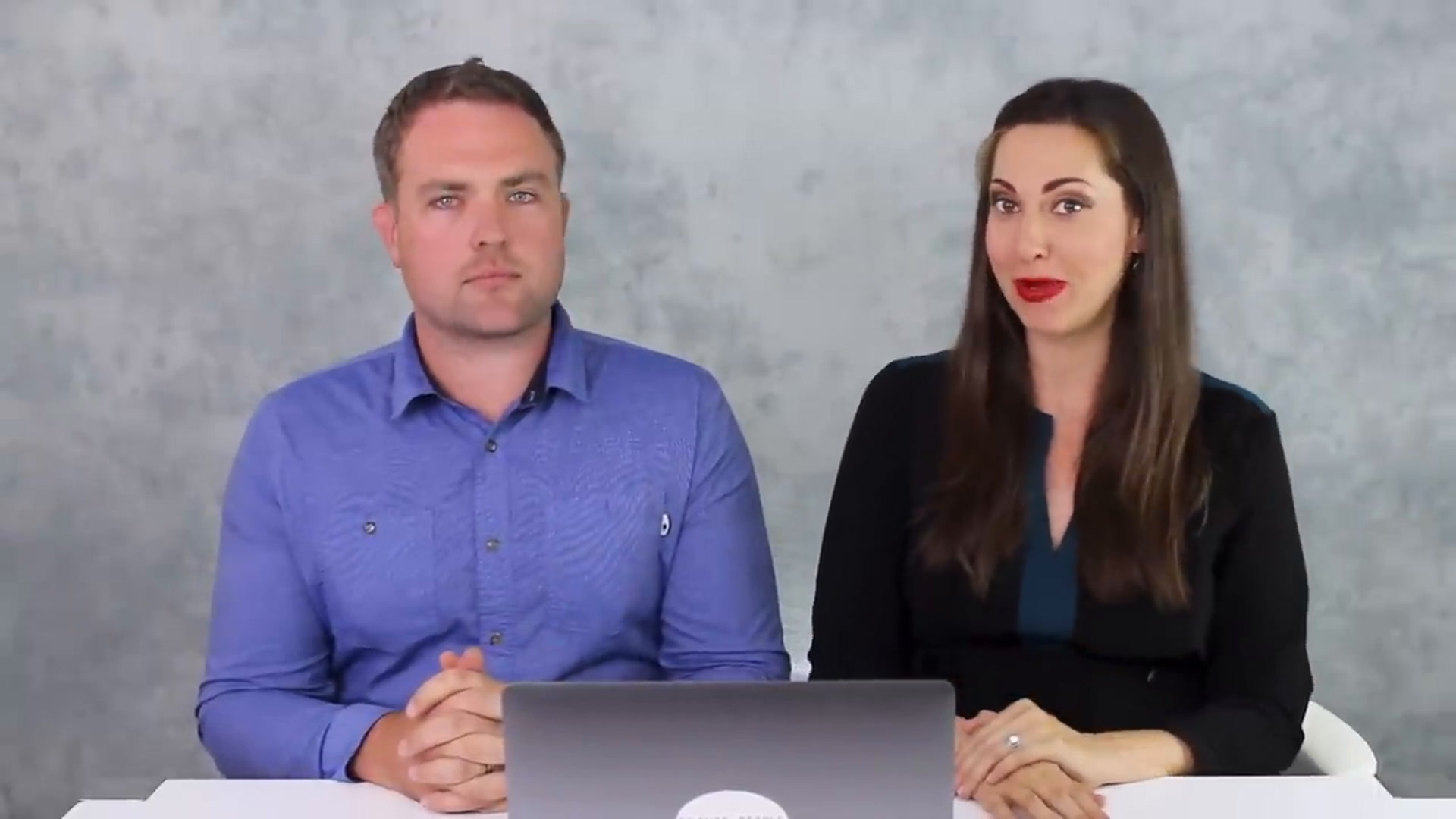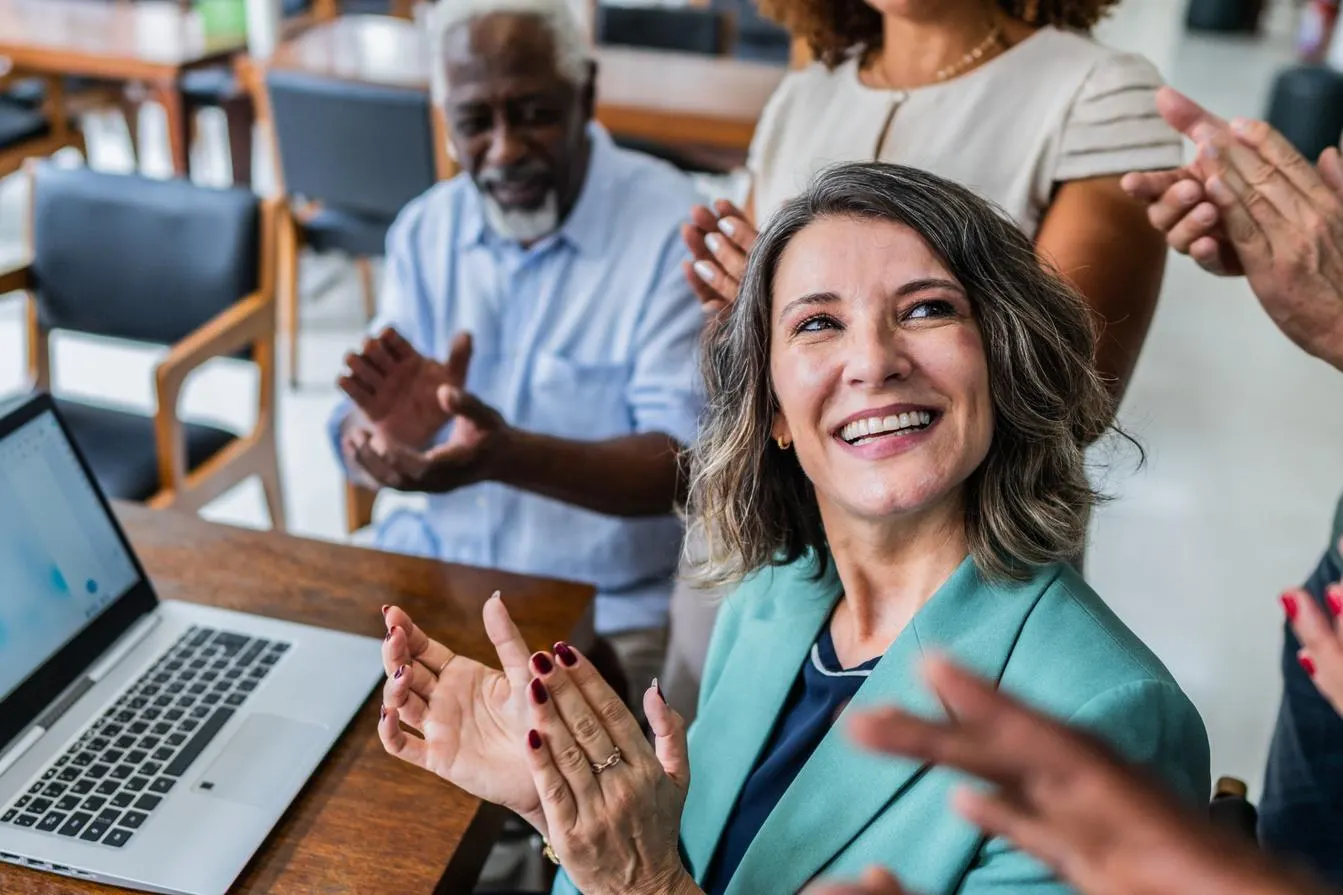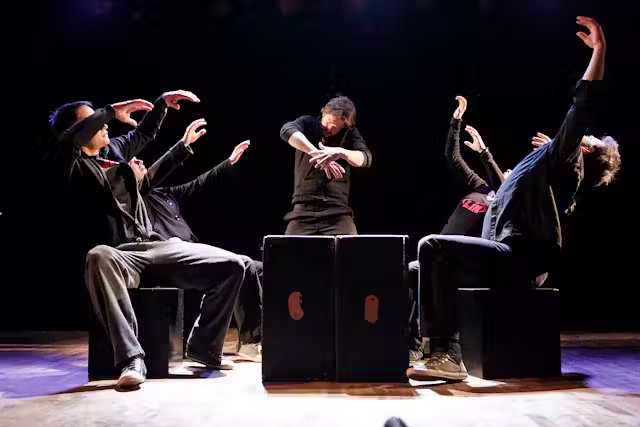Power posing—the practice of adopting expansive, open body postures—has gained attention as a simple but effective way to boost self-confidence. Standing tall with shoulders back, arms wide, or hands on hips in a “superhero” stance for just two minutes has been shown in some studies to reduce cortisol (stress hormone) and increase feelings of dominance and self-assurance. While debated in scientific circles, the psychological effects of body language are well-documented and widely used in coaching and performance settings.
Psychologists, behavioral scientists, and executive coaches—aligned with Google’s E-E-A-T (Experience, Expertise, Authoritativeness, Trustworthiness)—support the broader principle that how we hold our bodies influences how we think and feel. Confidence often begins with physical cues: posture, breathing, and eye contact can impact not only how others perceive us, but how we perceive ourselves. Even in high-stress situations like interviews or public speaking, practicing power poses beforehand may lead to more composed and assertive behavior.
Ultimately, while power posing isn’t a magic fix, it serves as a reminder that confidence isn’t just internal—it’s physical and trainable. Small posture shifts can lay the groundwork for bigger mental breakthroughs in both personal and professional life.






